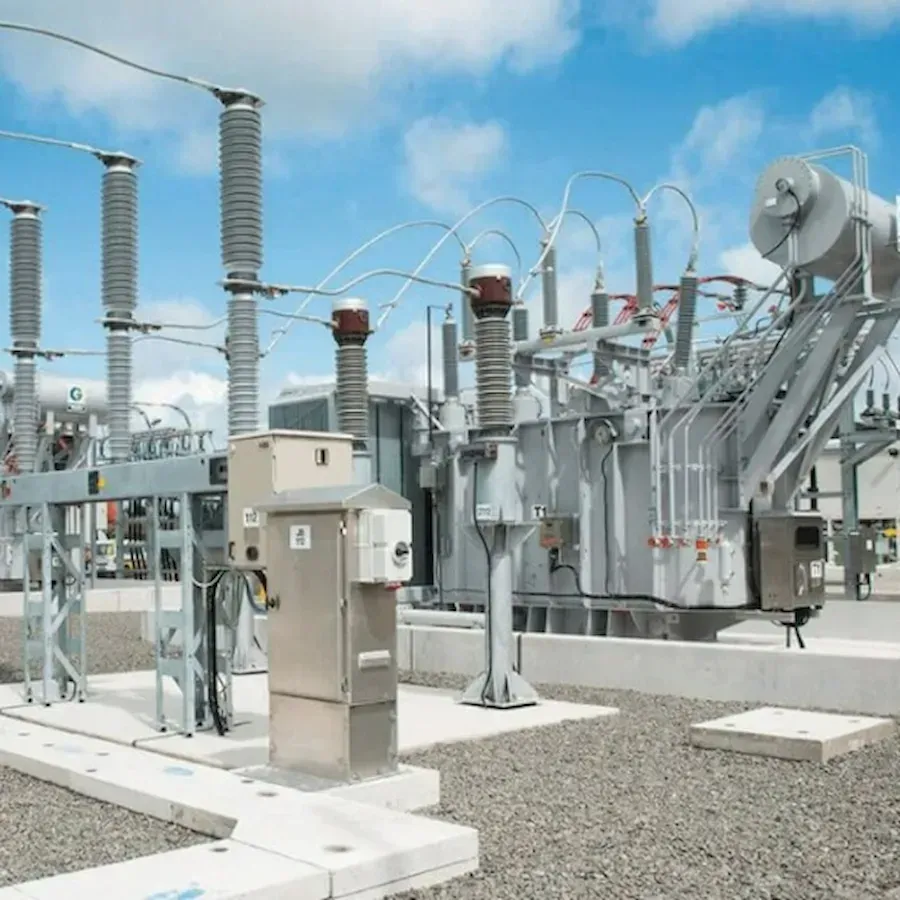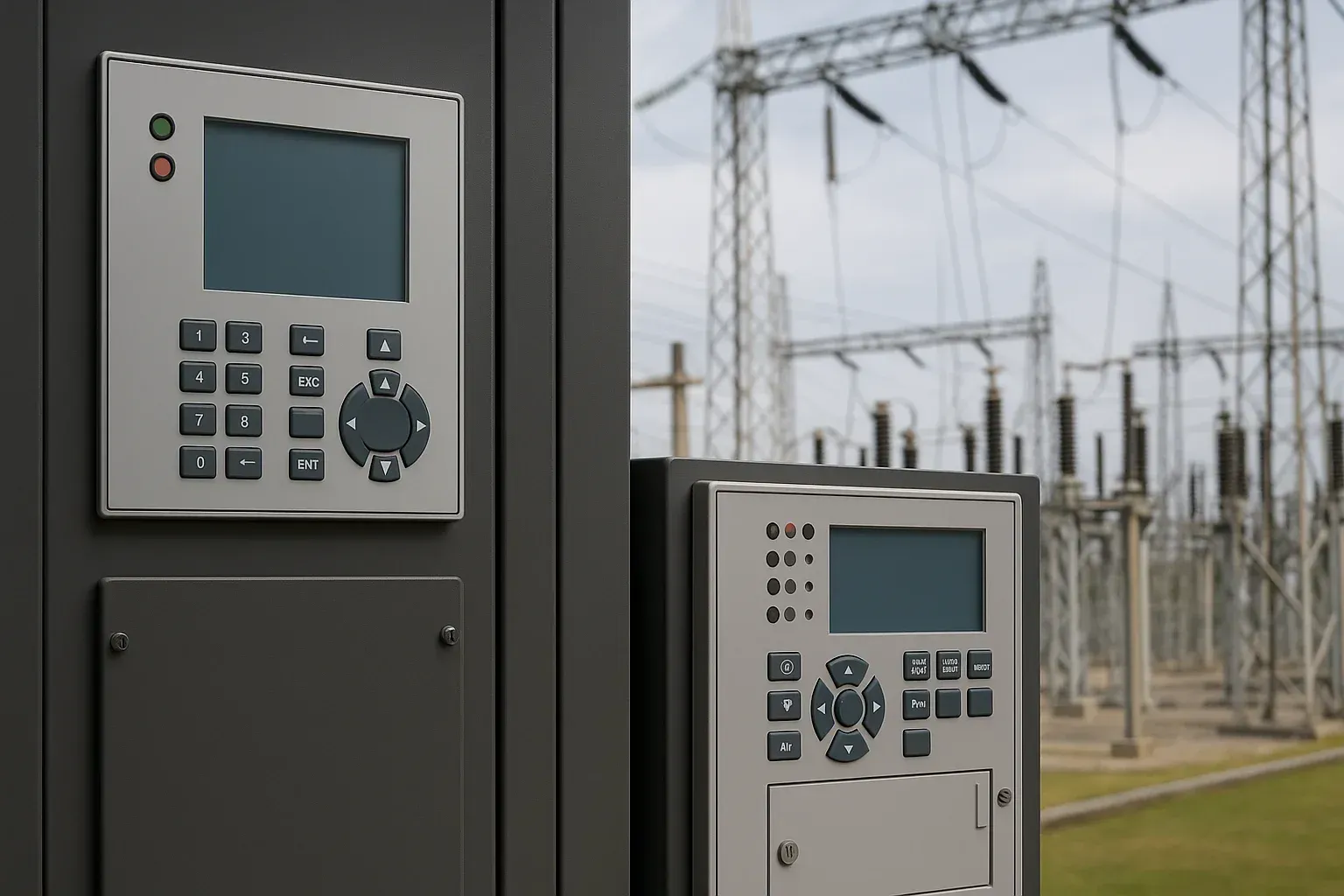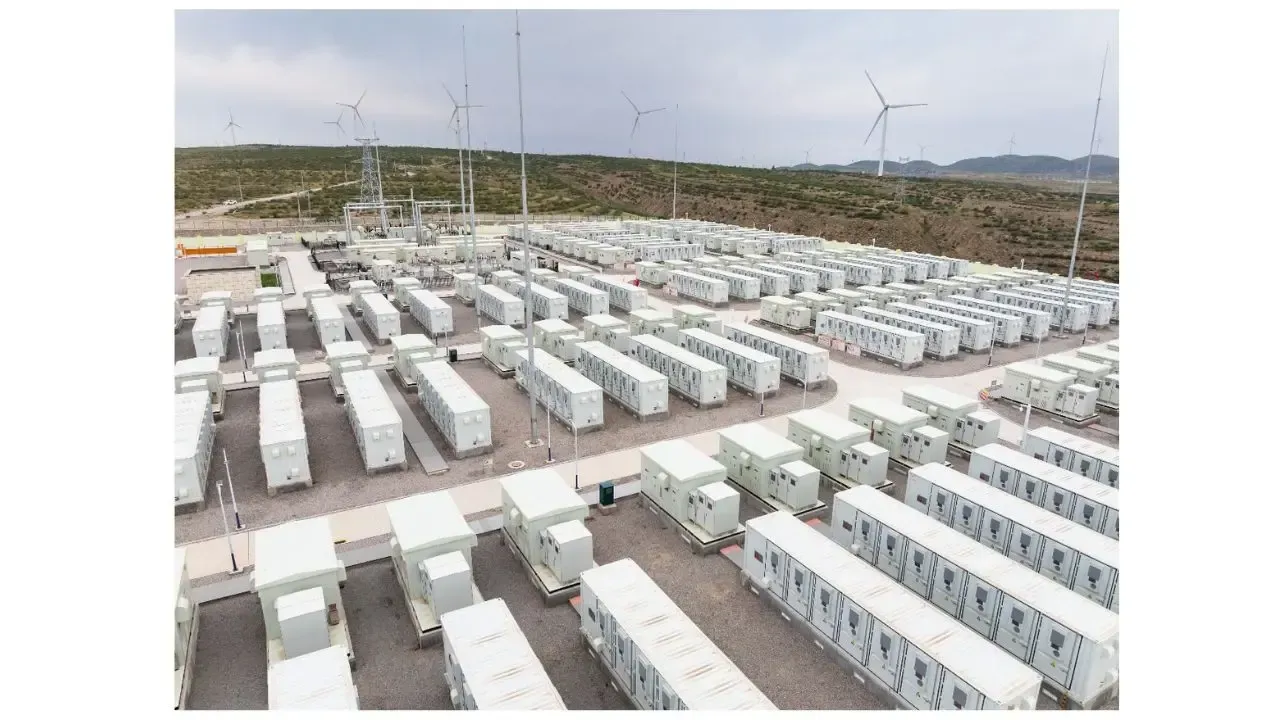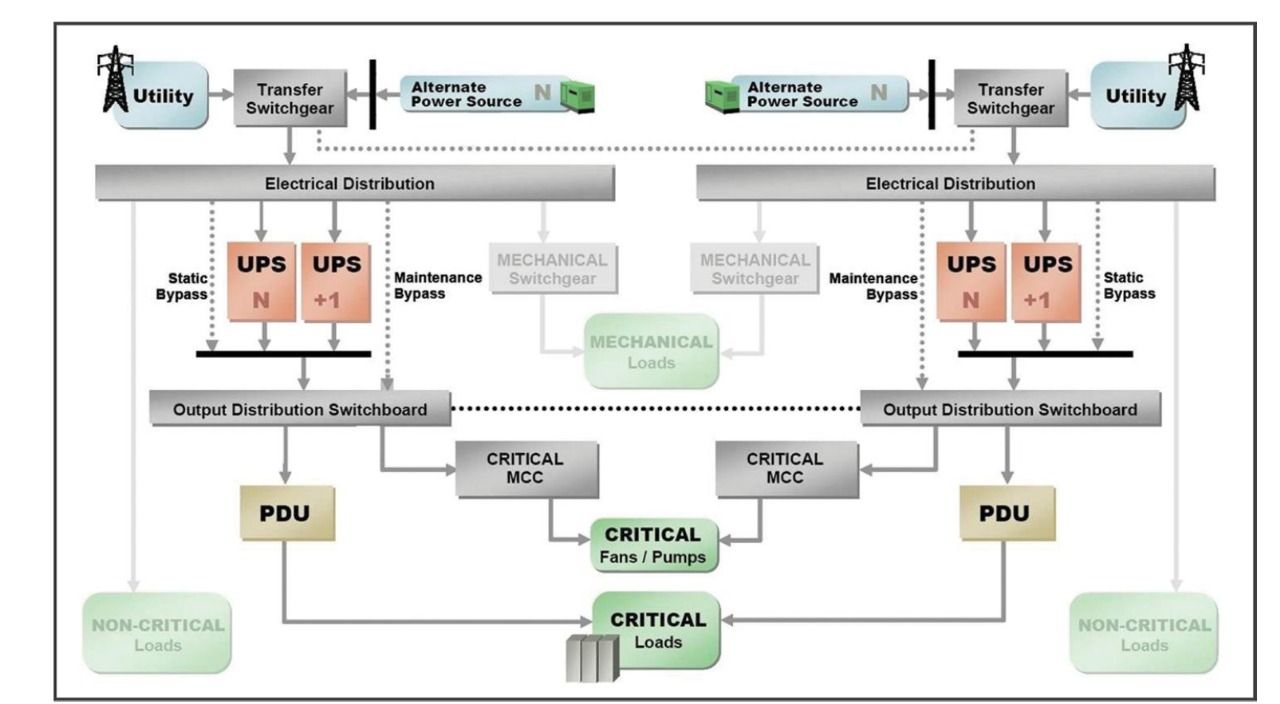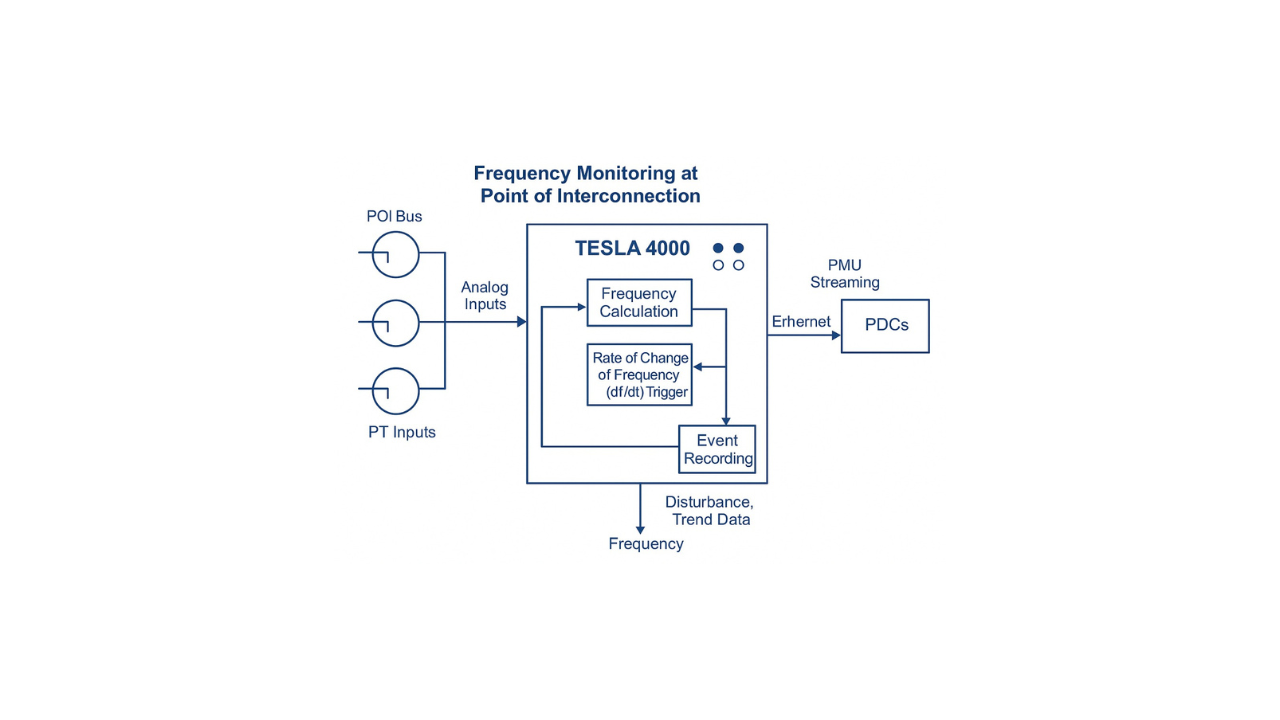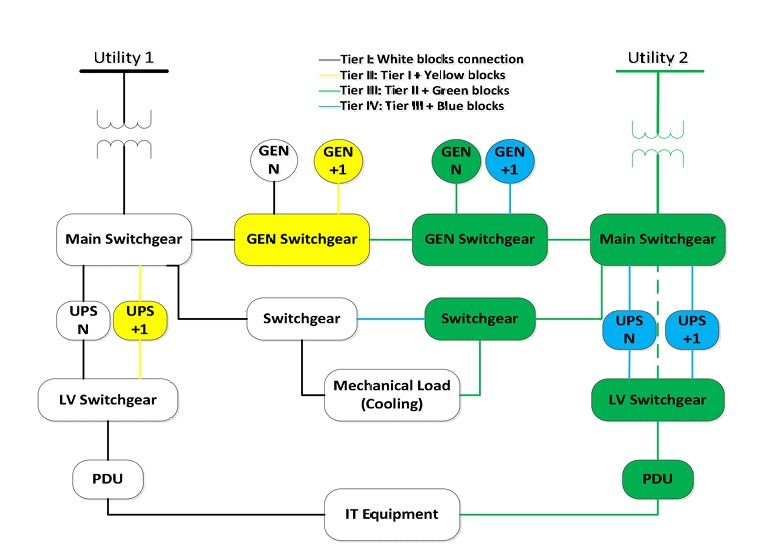A Coordinated Electric System Interconnection Review—the utility’s deep-dive on technical and cost impacts of your project.
Understanding Harmonic Studies in Offshore Wind Power Systems
May 16, 2025 | Blog
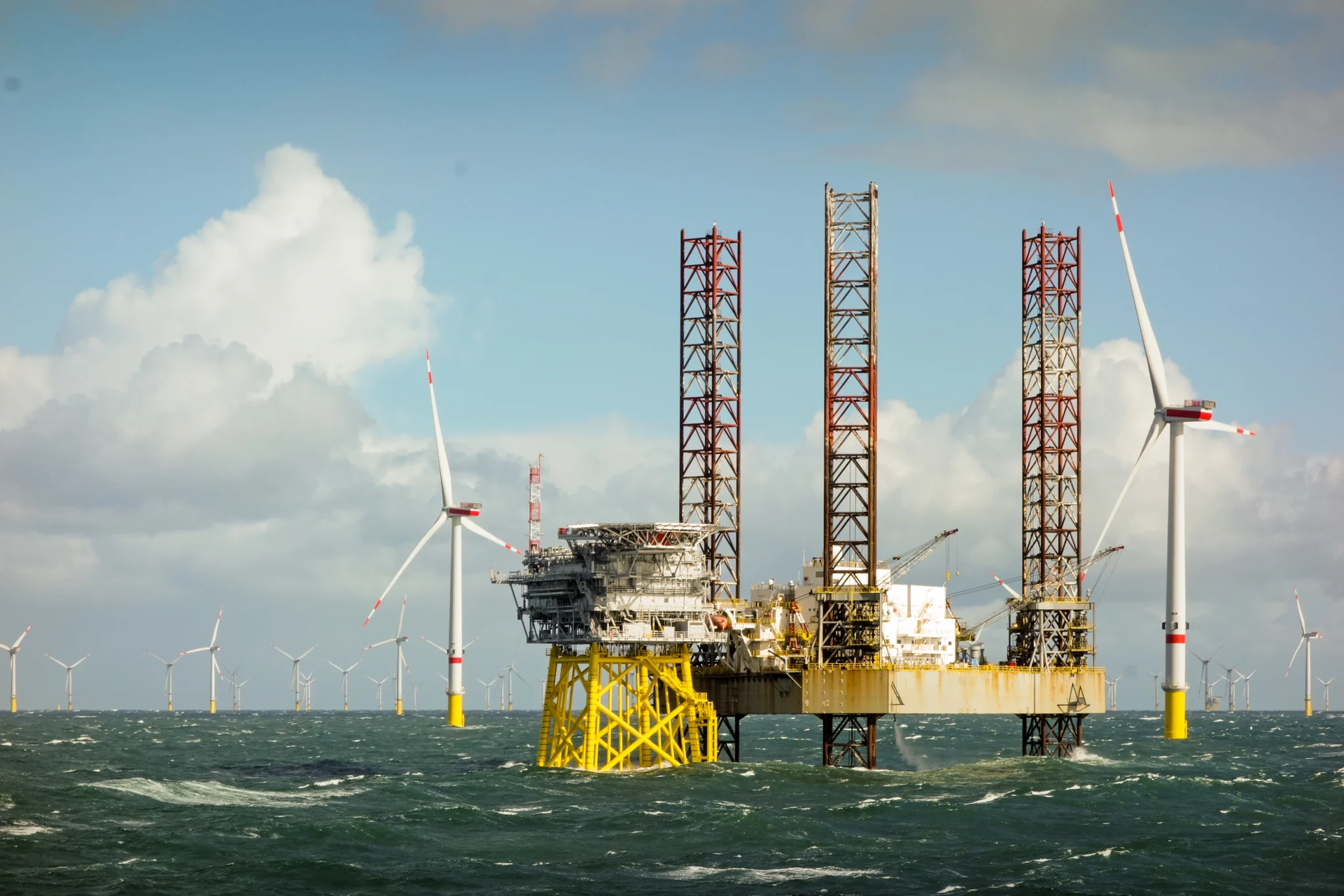
Introduction
As the demand for renewable energy grows, large-scale offshore wind projects are rapidly becoming a critical part of the power generation mix. However, integrating high-capacity wind energy into existing grids introduces several technical challenges—one of which is harmonic distortion. A recent harmonic study conducted for a high-capacity offshore wind farm provides a comprehensive case study on how harmonic emissions impact grid quality and what measures are necessary to ensure compliance with IEEE 519-2022 and IEC 61000-3-6.
What Is a Harmonic Study and Why Is It Important?
Harmonics are voltage or current waveforms that deviate from the ideal sinusoidal shape due to non-linear loads, such as power electronics in wind turbines. A harmonic study evaluates the extent to which these distortions can impact system performance, particularly at the Point of Interconnection (POI).
Key risks of harmonic distortion:
- Equipment overheating
- False tripping of protection systems
- Resonance phenomena
- Regulatory non-compliance
To mitigate these risks, utilities and project developers must assess harmonic emissions under various scenarios and verify compliance with grid codes such as IEEE 519-2022 and IEC 61000-3-6.
Study Overview
A recent harmonic study evaluated the potential voltage distortions of an offshore wind project consisting of 74 wind turbines (18 MW each), arranged across three wind parks. The system involved multiple voltage levels—3.3 kV, 66 kV, 275 kV, and 345 kV—and included a 106 km submarine and land cable transmission path.
Tools and Methodology:
- Simulations conducted in PSCAD
- Modeled transformers, cables, and shunt devices
- Harmonic current injection at 66 kV turbine terminals
- Background harmonic injection at the 345 kV POI
- Combined scenario for worst-case analysis
Key Methodology
The study included:
System Intact (N-0) and Contingency (N-1) scenarios and three harmonic conditions:
- Turbine terminal injection
- POI background injection
- Combined injection
All were assessed against the IEEE 519-2022 and IEC 61000-3-6 distortion limits.
Major Findings
1. Individual Harmonic Order Violations
Distortion from the 9th, 13th, 14th, 15th, 19th, 20th, and 21st harmonics exceeded IEEE/IEC limits—especially without filtering.
2. Total Harmonic Distortion (THD)
Combined injection scenarios showed THD up to 2.4% at 345 kV, exceeding the IEEE 1.5% limit.
3. Load Sensitivity
Distortion remained high regardless of load conditions (peak vs. light), indicating the need for filters independent of demand.
4. Conservative Assumptions
Worst-case background harmonics assumed per IEEE 519 revealed the importance of mitigation even under conservative modeling.
Recommendations
- Conduct On-Site Harmonic Measurements
Real-time harmonic monitoring at the POI is essential for accurate risk profiling. - Install Harmonic Filters
Passive or tuned filters should be designed and implemented to maintain compliance. - Verify System Models
Align turbine and transformer MVA ratings to enhance study accuracy. - Add Power Quality (PQ) Meters
Future studies should correlate PSCAD simulations with PQ meter data for validation.
Industry Standards Compliance
The study followed these international standards:
- IEEE 519-2022 – Limits on individual harmonics and THD by voltage class
- IEC 61000-3-6 – Limits for emission levels in public power systems
- ANSI C84.1 – Defines standard voltage classifications
Why Harmonic Studies Matter for Offshore Wind Projects
Offshore wind farms increasingly rely on power electronics, increasing the risk of harmonic distortion at the POI. A well-executed harmonic study ensures:
- Grid code compliance
- Stable voltage profiles
- Asset protection from resonance and overheating
- Investor confidence in system reliability
Ensure Your Offshore Wind Project Meets Grid Compliance
Keentel Engineering performs PSCAD-based harmonic studies, power quality analysis, and IEEE/IEC compliance verification for offshore wind developers.
📩 Contact us today to ensure your wind energy project is grid-ready and compliant.
Need Expert support?

About the Author:
Sonny Patel P.E. EC
IEEE Senior Member
In 1995, Sandip (Sonny) R. Patel earned his Electrical Engineering degree from the University of Illinois, specializing in Electrical Engineering . But degrees don’t build legacies—action does. For three decades, he’s been shaping the future of engineering, not just as a licensed Professional Engineer across multiple states (Florida, California, New York, West Virginia, and Minnesota), but as a doer. A builder. A leader. Not just an engineer. A Licensed Electrical Contractor in Florida with an Unlimited EC license. Not just an executive. The founder and CEO of KEENTEL LLC—where expertise meets execution. Three decades. Multiple states. Endless impact.
Services

Let's Discuss Your Project
Let's book a call to discuss your electrical engineering project that we can help you with.

About the Author:
Sonny Patel P.E. EC
IEEE Senior Member
In 1995, Sandip (Sonny) R. Patel earned his Electrical Engineering degree from the University of Illinois, specializing in Electrical Engineering . But degrees don’t build legacies—action does. For three decades, he’s been shaping the future of engineering, not just as a licensed Professional Engineer across multiple states (Florida, California, New York, West Virginia, and Minnesota), but as a doer. A builder. A leader. Not just an engineer. A Licensed Electrical Contractor in Florida with an Unlimited EC license. Not just an executive. The founder and CEO of KEENTEL LLC—where expertise meets execution. Three decades. Multiple states. Endless impact.
Leave a Comment
We will get back to you as soon as possible.
Please try again later.
Related Posts


